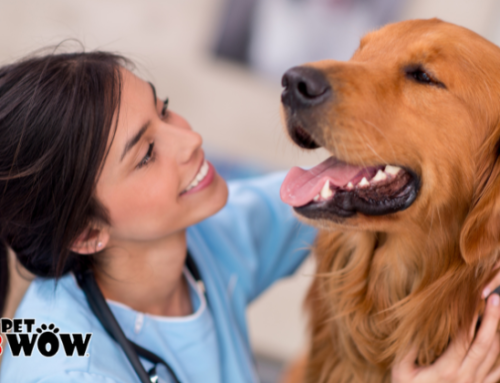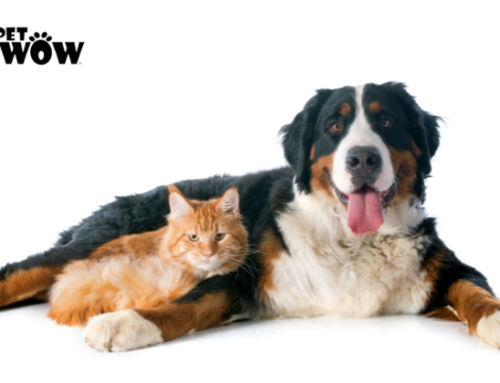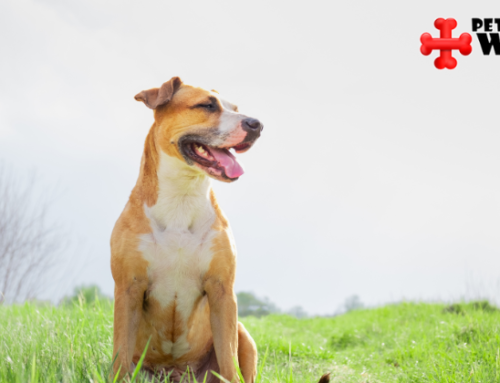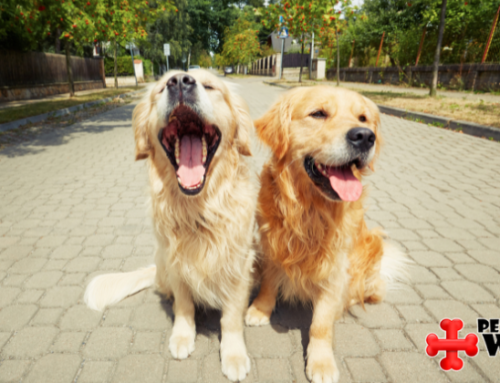It may be that time of year when “Jack Frost is nipping at your nose,” but there are a few things you can do to keep the effects of winter from harming your pets. While some cold weather pet care may seem like common sense, it never hurts to have a few reminders because the change in seasons can bring plunging temperatures, snow and ice in a flash.
Food and Water Needs
With winter in the air, it’s time to bring in any outdoor pet dishes used for food and water in the summer. Pet dishes left outdoors that fill with rain or snow may freeze solid. If your pet has a habit of eating or drinking from outdoor dishes and she tries to take a drink from a block of ice, she could freeze her tongue to the bowl or to the ice that formed. When a pet’s tongue freezes to another surface, they run the risk of skin loss on their tongue and the subsequent possibility of infection. Also, remember to wash these bowls once per week in hot, soapy water to prevent bacteria growth.
Ground Temperatures
Watch the outdoor temperatures, especially in the evening and in the early morning when the lowest temperatures tend to occur. When temps are low, remaining outside only long enough to “do their business” is a good rule of thumb. If your pets will tolerate clothing, protecting your dog or cat with a sweater, booties or other outdoor-wear made for pets can help to prevent the likelihood of frostbite or hypothermia. It is important for your dogs to get exercise, but before considering a walk or having them join you on your run, place your hand on the ground and see if you’d be comfortable walking on your hands at that temperature. If in doubt, err on the side of caution.
Create A Drying Station
While your pets may be going outdoors less – or for shorter periods – in the winter months, it’s still necessary to have a place and the supplies for drying their feet and bellies. A patio, mudroom, attached garage or laundry area may serve as the best places to store pet towels and a hairdryer for drying off. If left wet, fungi and bacteria can grow in your pet’s fur, which can cause a variety of uncomfortable skin conditions. Be sure to remove any ice stuck between their toes or frozen to their underside, and always wipe their paws with a wet, warm cloth to remove de-icers.
De-Icing Dangers
Winter weather conditions aside, the use and storage of ice-melting products and antifreeze should take place far away from pet areas. De-icers containing calcium are the most harmful to pets, causing skin irritation on their paws, feet and legs. If eaten, any de-icing agents – even salt (sodium chloride) – can cause stomach and digestive distress. Antifreeze and other automotive products containing ethylene glycol (known as EG) can be fatal to a dog or cat if ingested in amounts as small as a teaspoon.
Remembering these tips will help keep your family pets safe from some of the hazards that cold weather can expose them to. Still have questions? Call PetWow today at 513-738-9691 or email Info@PetWow.com. Since 1998, Pet Wow has offered top-notch animal care throughout the Greater Cincinnati and Northern Kentucky area. For more pet care tips, follow us on Facebook, Twitter, Instagram, Pinterest or LinkedIn!






